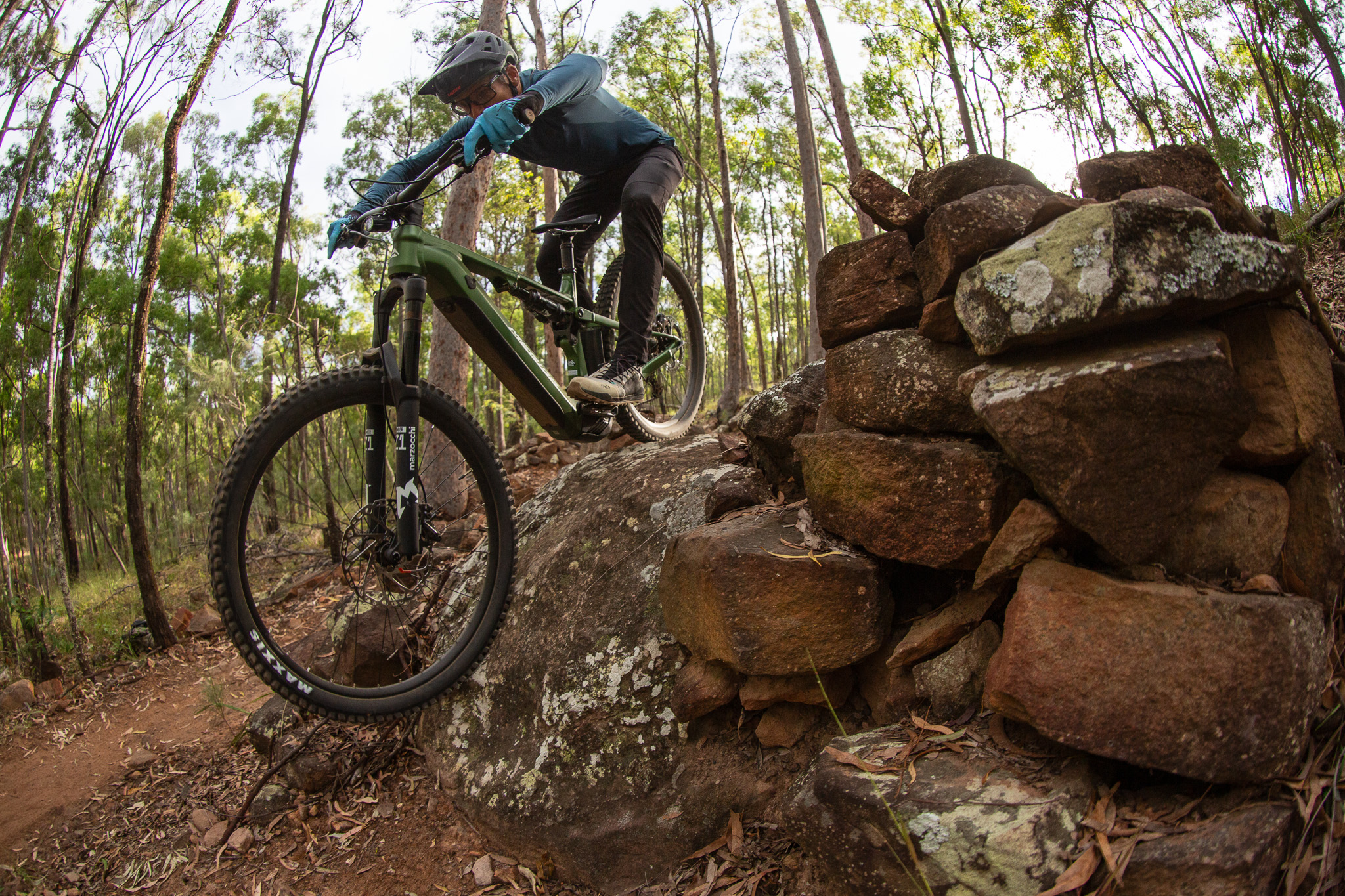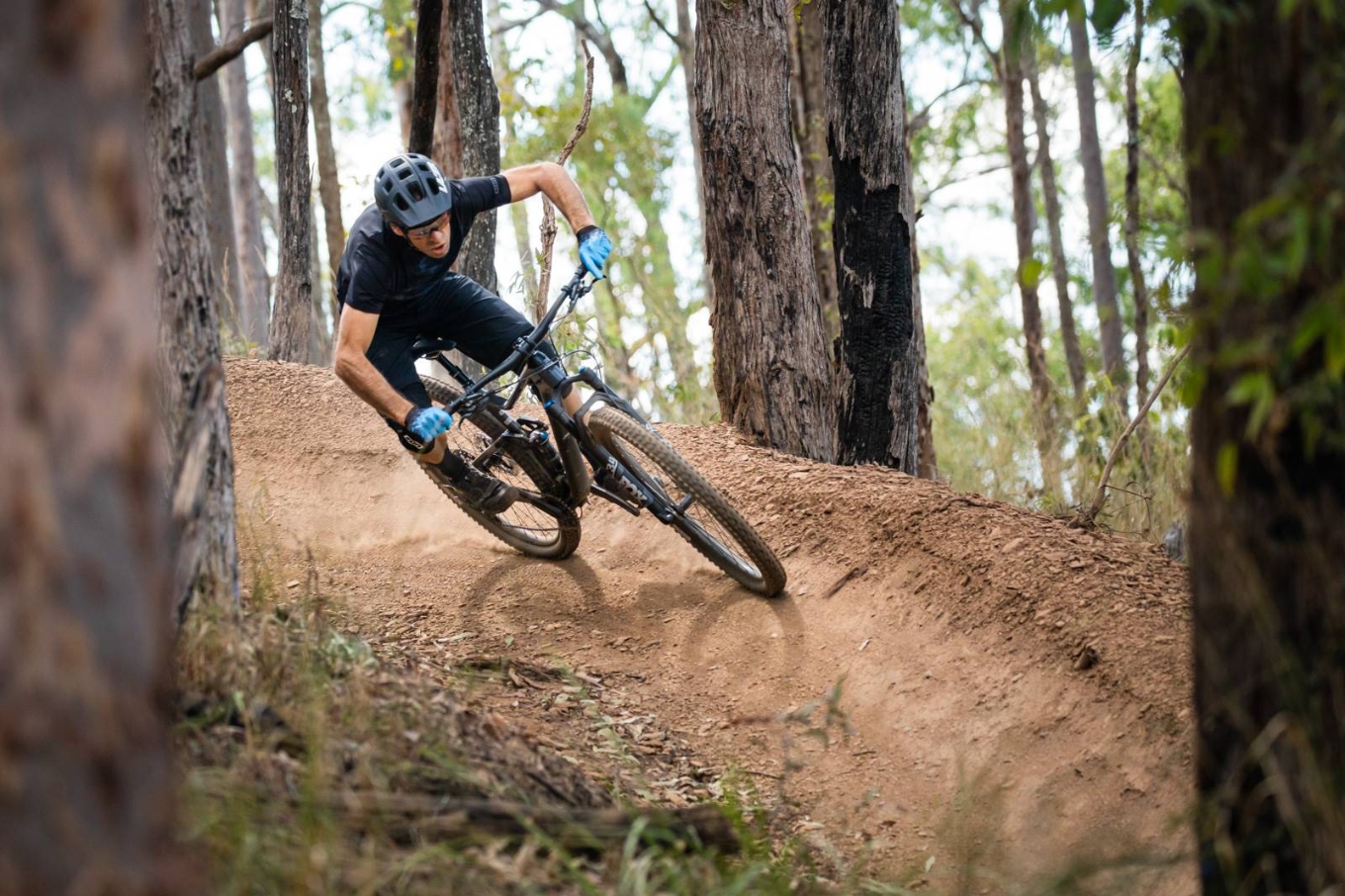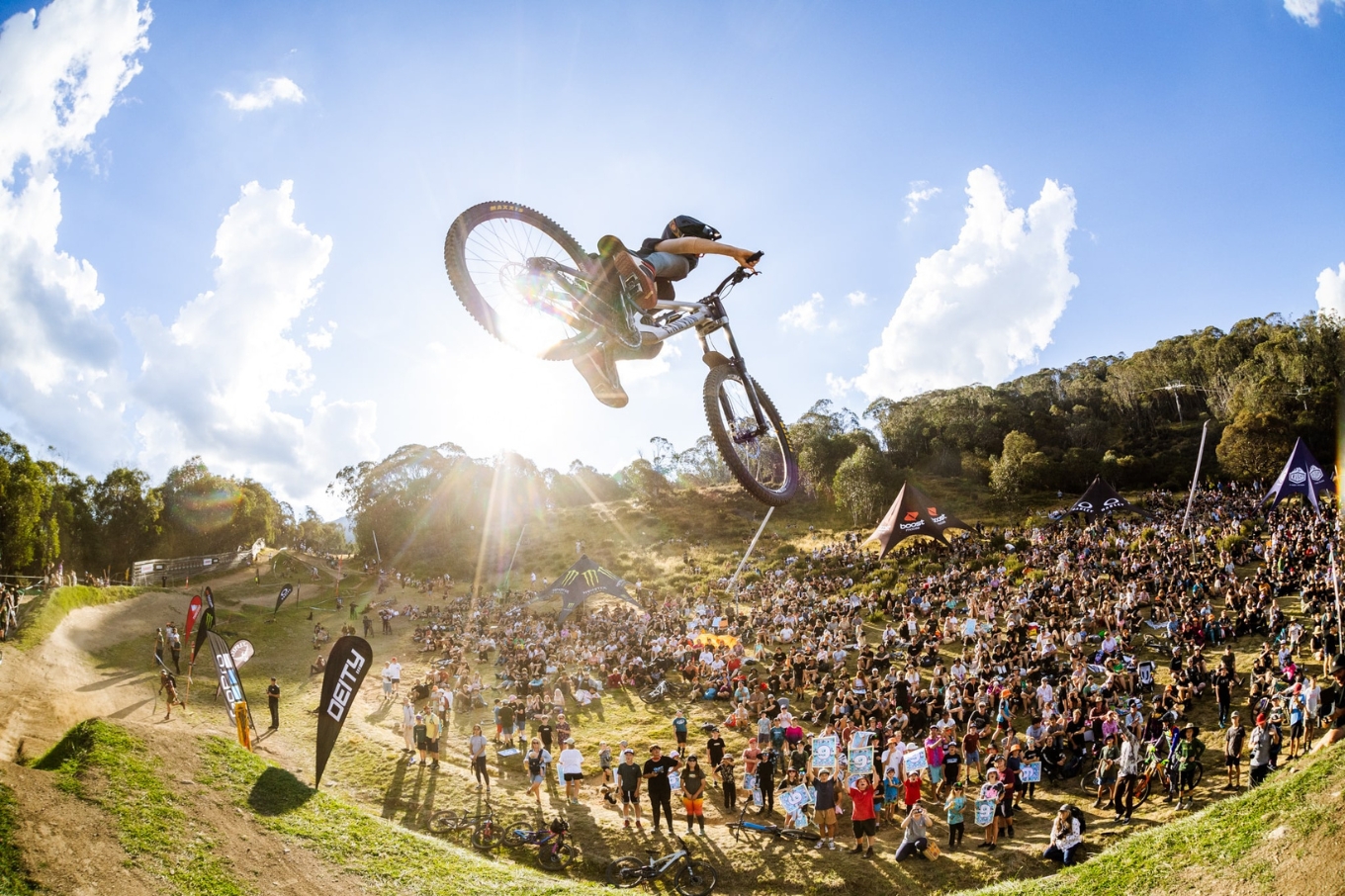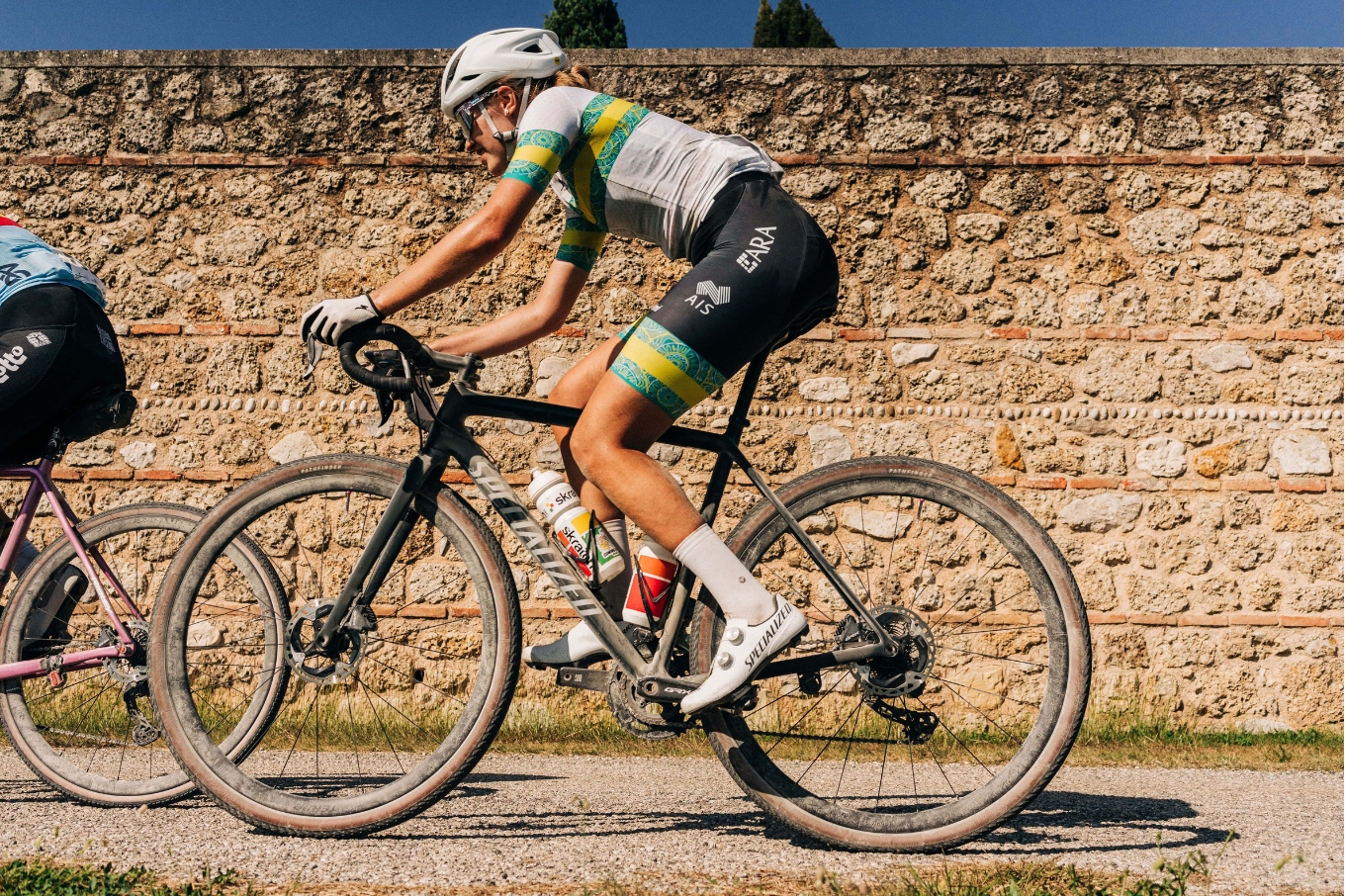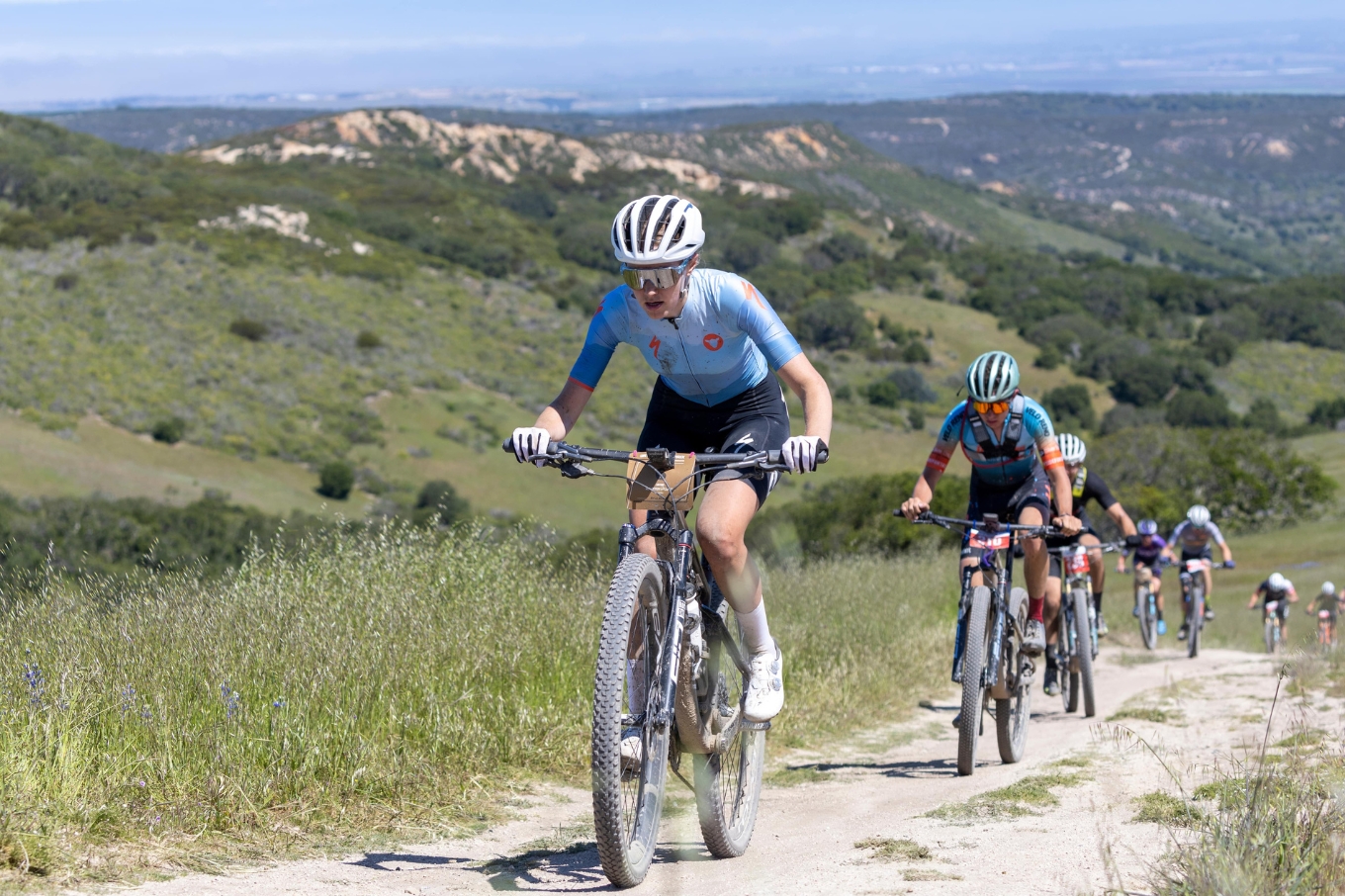First rides on the 2024 Merida eOne-Sixty
Merida have released three new eMTB designs for 2024, including a complete redesign on the popular eOne-Sixty platform.
Earlier this year Merida revealed not one, but three new eMTB designs across their eOne-Sixty and eOne-Forty range, we covered many of the basic details on release, but this week I was lucky enough to ride a new 2024 Merida eOne-Sixty at Hidden Vale Adventure Park, and talk to the product team about the bikes.
Three new Merida e-bikes?
If you missed the news, that's right. While Merida typically had the eOne-Sixty platform and the eOne-Forty, they acknowledged that how and why people ride eMTBs has been progressing rapidly. While some riders want a high performance eMTB with a top spec and exceptional ride feel and a carbon frame – some just want the best range available with comfort and value. Other riders may want the versatility of an eMTB without needing the gap jump gobbling capability of a 170mm travel eMTB.
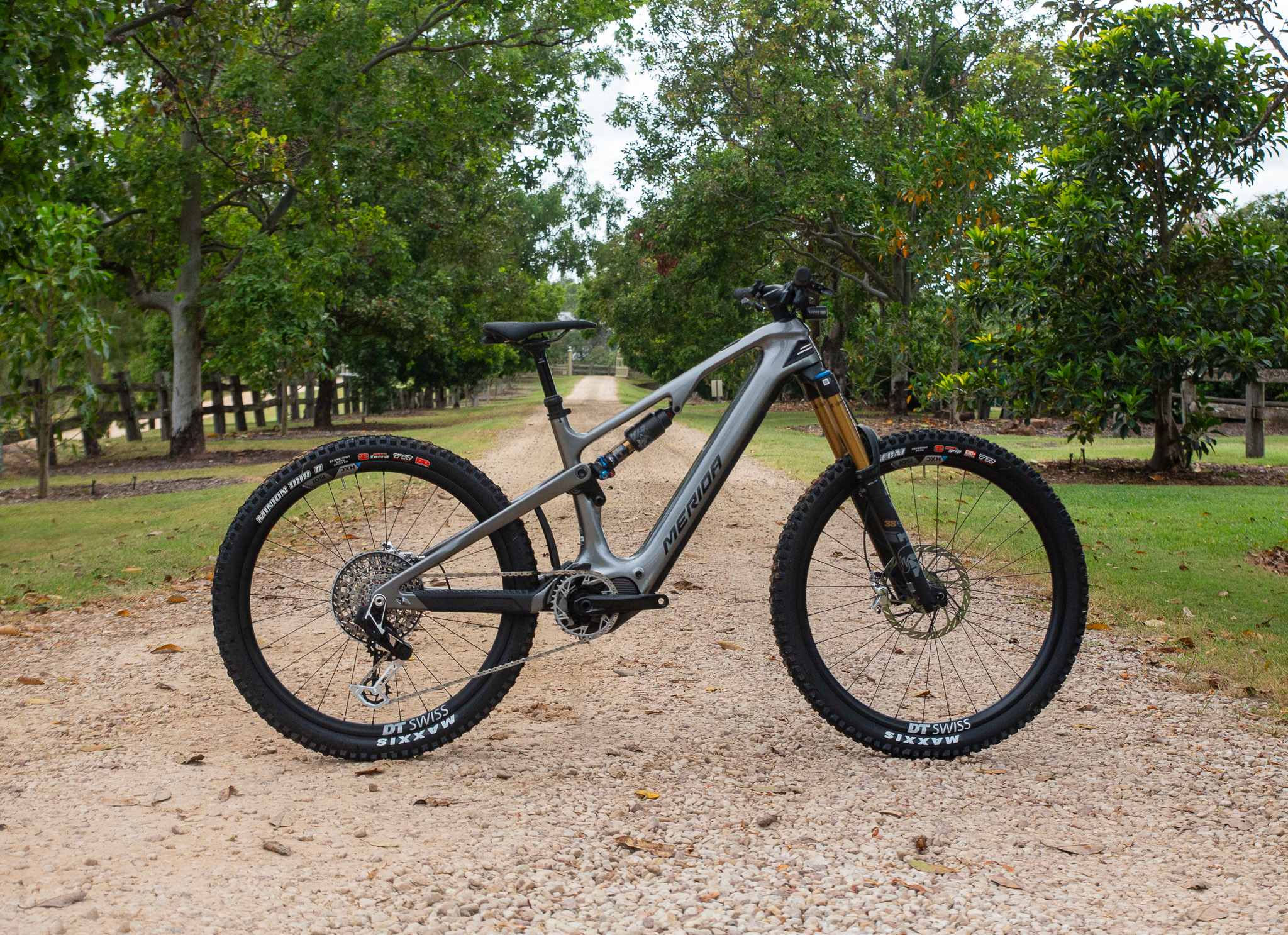
Heritage of the Merida eOne-Sixty
I spoke further to Benjamin Diemer, the product manager for Merida, about the development of the Merida eOne-Sixty. As afterall, when the eOne-Sixty 900E was released, it really changed a lot of people's thoughts on what an eMTB could, or should be.

'In 2014 Merida had no eMTBs, they were really focused on trekking bikes, the e-systems at the time were also not great solutions for an eMTB. Shimano introcued the E8000 unti to us quite early, and with this drive unit we could achieve a geometry that makes sense, to ride more like a regular mountain bike'
'This was especially important with the rear end, so we could have the shorter chain stays' added Hannes Noller from the design team.
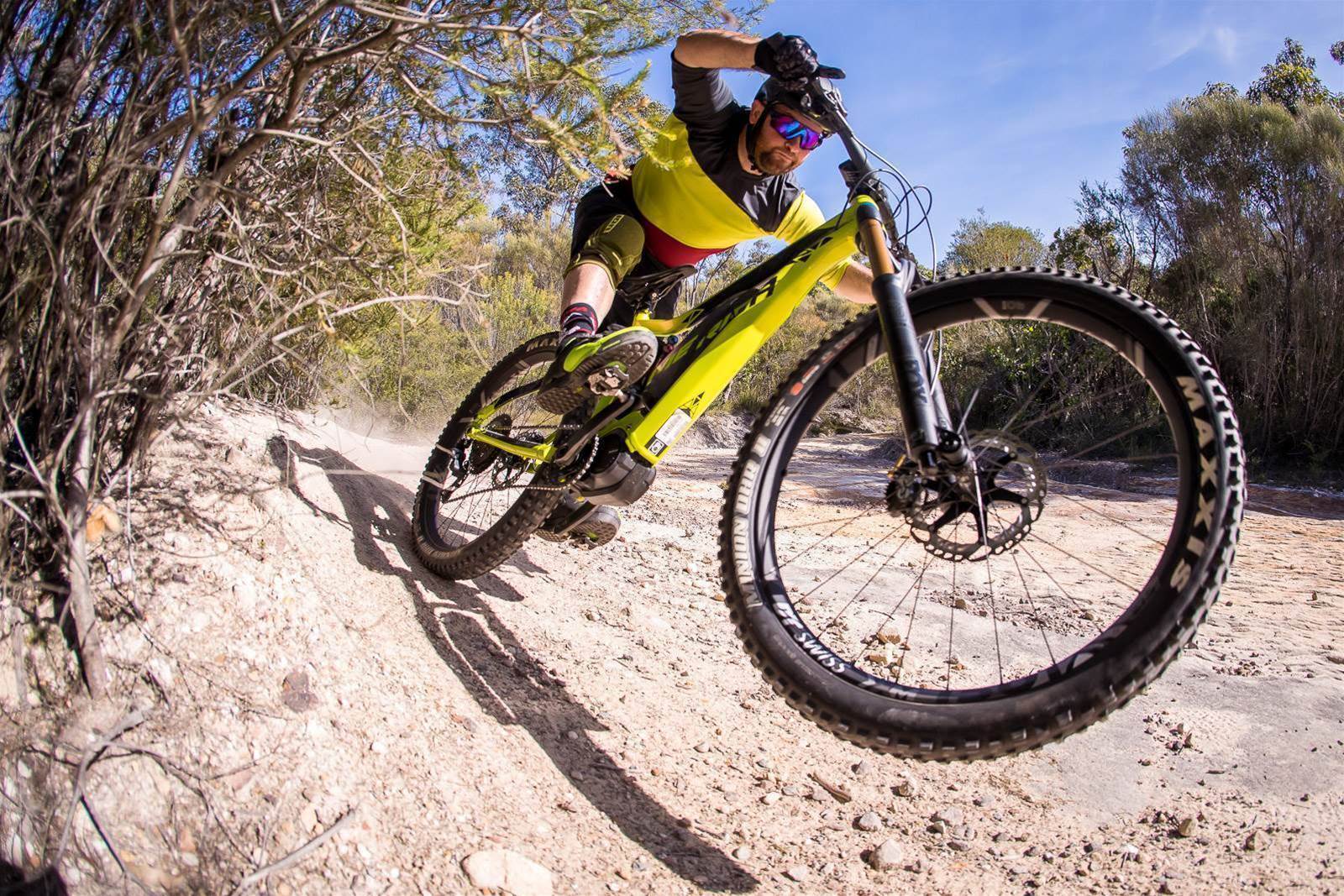
'We started the development of the first generation of the eOne-Sixty and our Taiwan HQ really saw great potential, and we worked very hard on the pricing structure. It let us step into the market with a big bang, and it was quite good.'
That truly is an understatement, as the Merida eOne-Sixty was often seen as the eMTB buy. Sure, plenty of other options came to market, but for many the question wasn't about what eMTB to buy, but why wouldn't you get the Merida eOne-Sixty?
'The product was unique and the performance was outstanding. So with the new one we wanted to keep the DNA of the original, it had to be a bike for experts but also for beginners so they feel comfortable on the bike.'
The second generation eOne-Sixty saw changes like an in-tube battery (and cooling ports!), a move to mixed (mullet or MX) wheel sizing and a carbon mainframe – but not the rear end of the bike. The eOne-Forty was also released, with a bit less travel but similar design concepts and the same Shimano EP8 system.
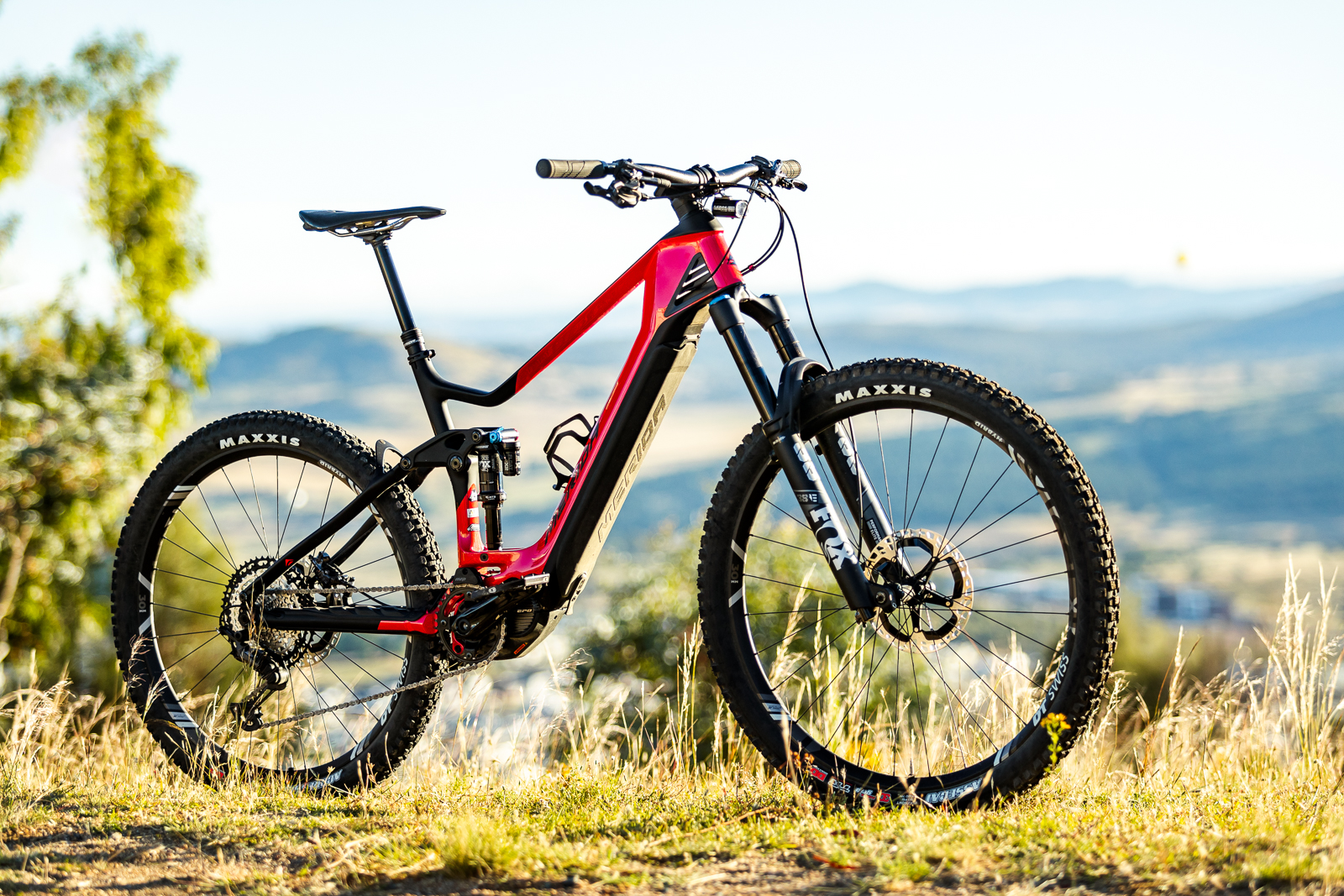
The eMTB market has moved at a rate of knots and while there were great updates with this model (like being able to fit a water bottle) it wasn't a complete redesign – and that is where the third generation for 2024 fits.
Changes across the board
Benjamin acknowledged that their eMTBs needed an update to their geometry, and they did take input from the redesigned Merida One-Sixty and One-Forty, launched in 2022. However, eMTBs are ridden differently, so the eOne-Sixty and eOneForty models are not carbon copies of the no-assist bikes with motors and batteries added.
TESTED: Merida One-Forty 6000
Overall, the bikes have steeper seat angles to aid balance when climbing with pedal assist, along with a slacker head angle for greater confidence when descending. While they have a longer reach as well, in general the bikes are about 1cm shorter than their non-E siblings, and about half a degree steeper in the head angle.
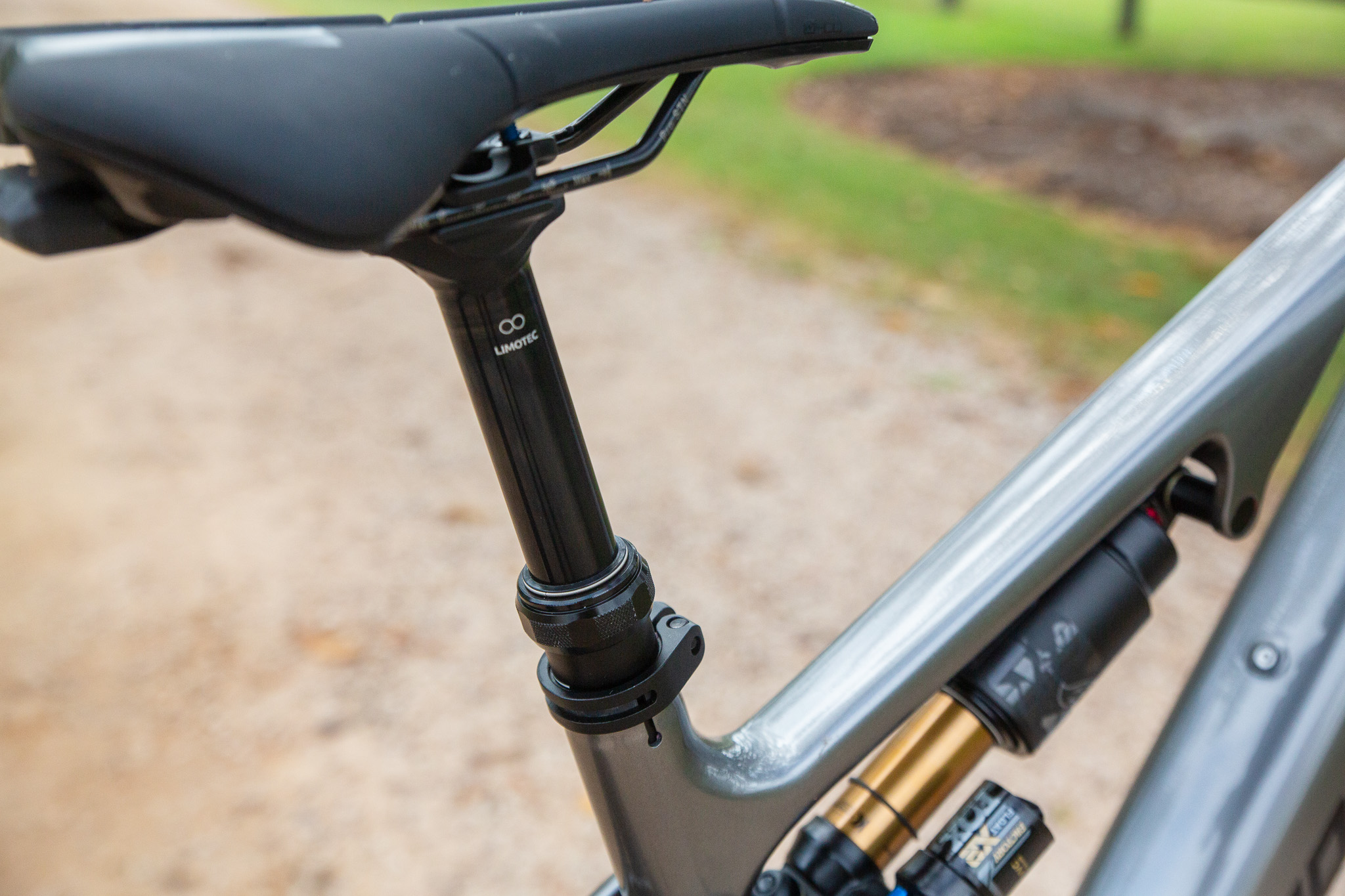
According to Merida, this suits the majority of eMTB riders, as it allows a very controlled position on the bike. Of course, Merida have also adopted their reach based sizing, what they call Agilometer sizing. With short seat tubes across the size range and height adjustable dropper posts on most bikes, it means riders can size on reach and handling preference, not seat height possibilities.
Like the One-Sixty and One-Forty, the eOne-Sixty and eOne-Forty are built around a flip chip. The eOne-Sixty models ship as MX (29" front, 27.5" rear) while the eOne-Forty is 29". By flipping the geometry chip (and changing wheel size!) the suspension kinematics remain exactly the same, along with the geometry.
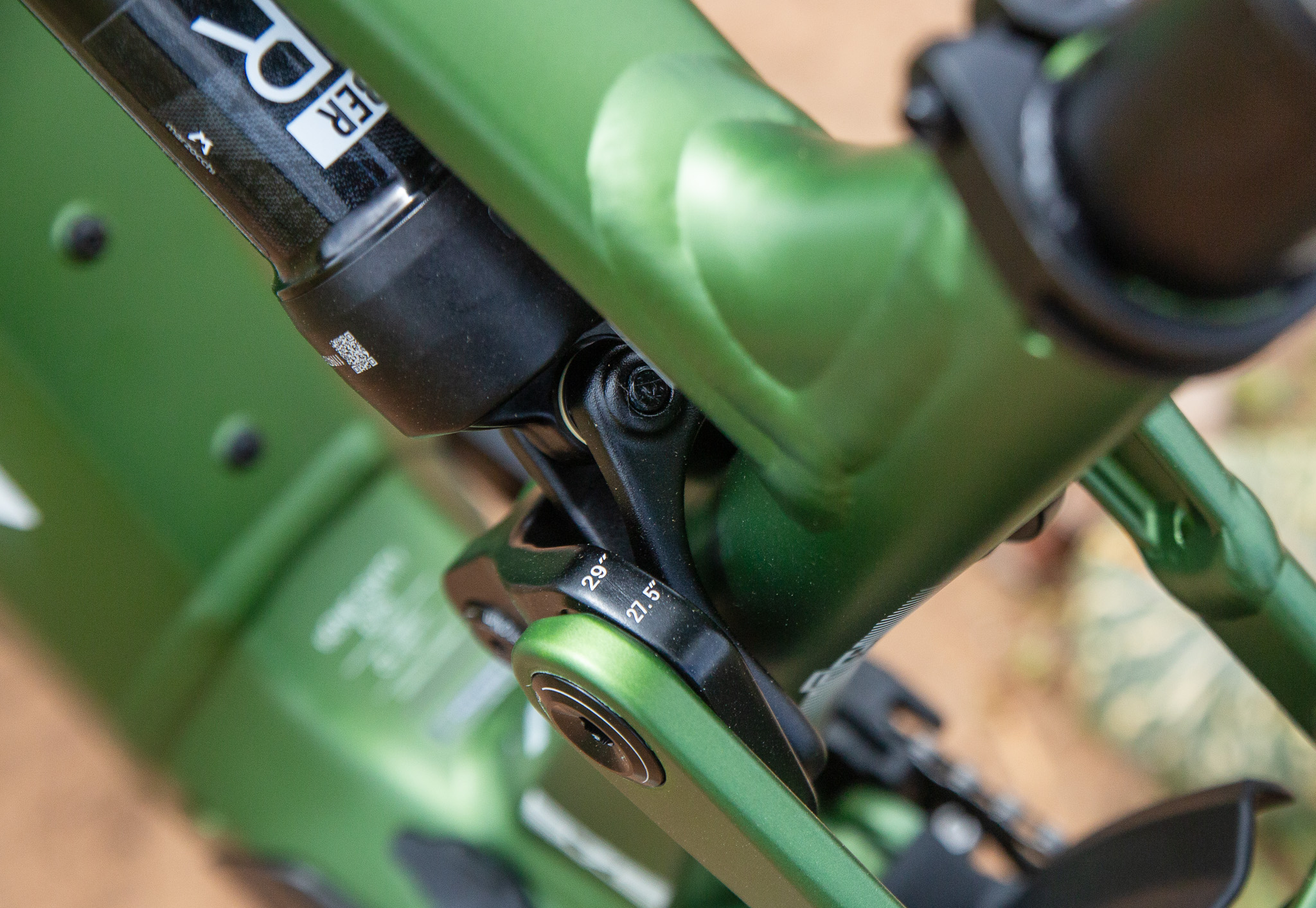
Of course, there is a minor change in travel. On the eOne-Sixty the travel moves from 174mm to 160mm when going from MX to 29" (with a 170mm fork) and the eOne-Forty has 143mm of travel (150mm fork) in the stock 29" configuration. More details on the eOne-Forty are in our launch piece.
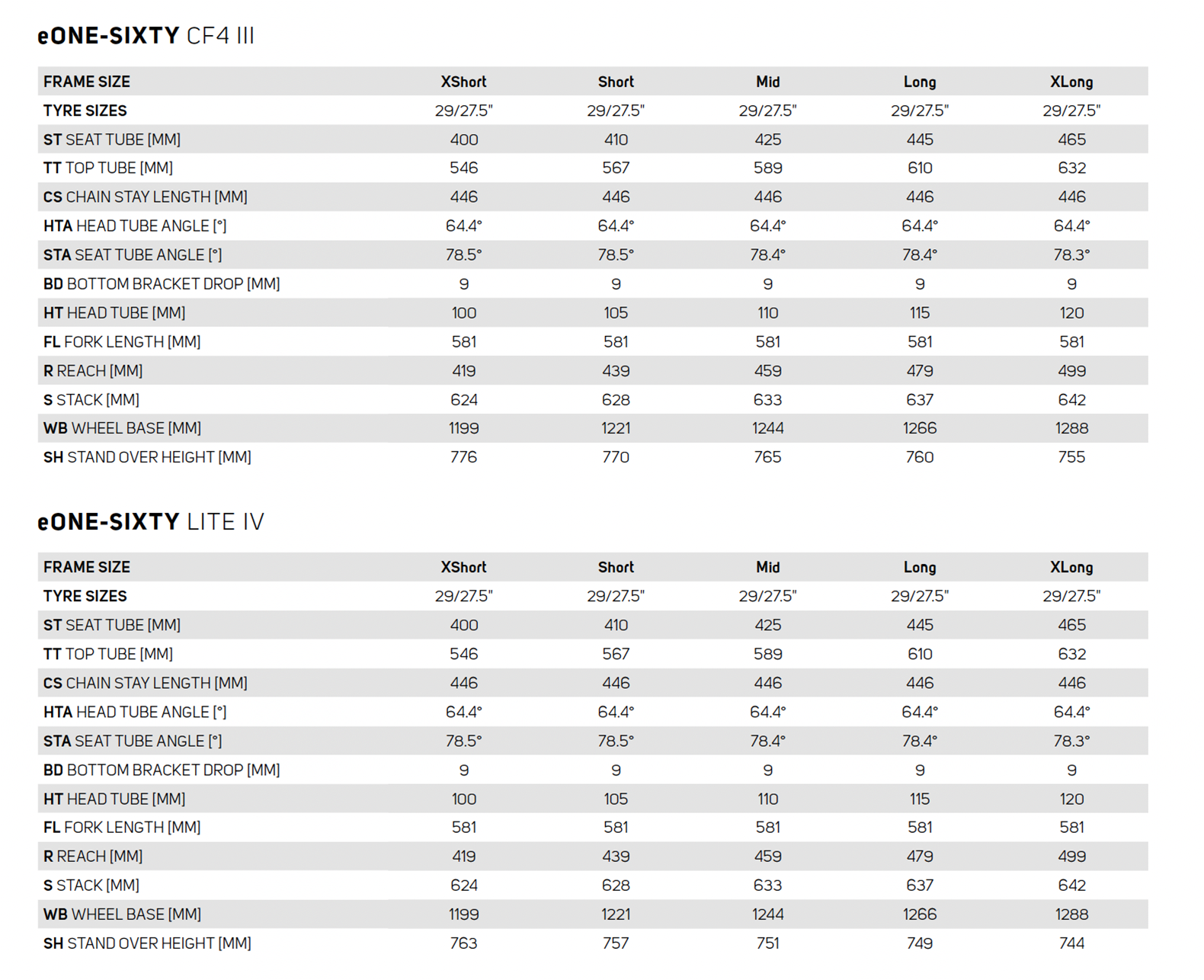
Merida eOne-Sixty CF and Lite: two bikes for two riders
Given Merida want the One-Sixty two suit both expert and novice riders alike, they needed to consider the use scenarios and specific needs. Instead of trying to make a bike that suited everyone, they split the range. All bikes use Shimano EP801 system which has the greater 600W peak power with 85Nm, and lots of customisation and firmware update options via the eTube app.
The CF models have a 600Wh non-removable battery, and this makes a big difference for Merida in making a bike that is lighter and stronger. You can use a 360Wh range extender if 600Wh isn't enough – but with 600Wh Merida feels the range is enough, while delivering a high performance ride.
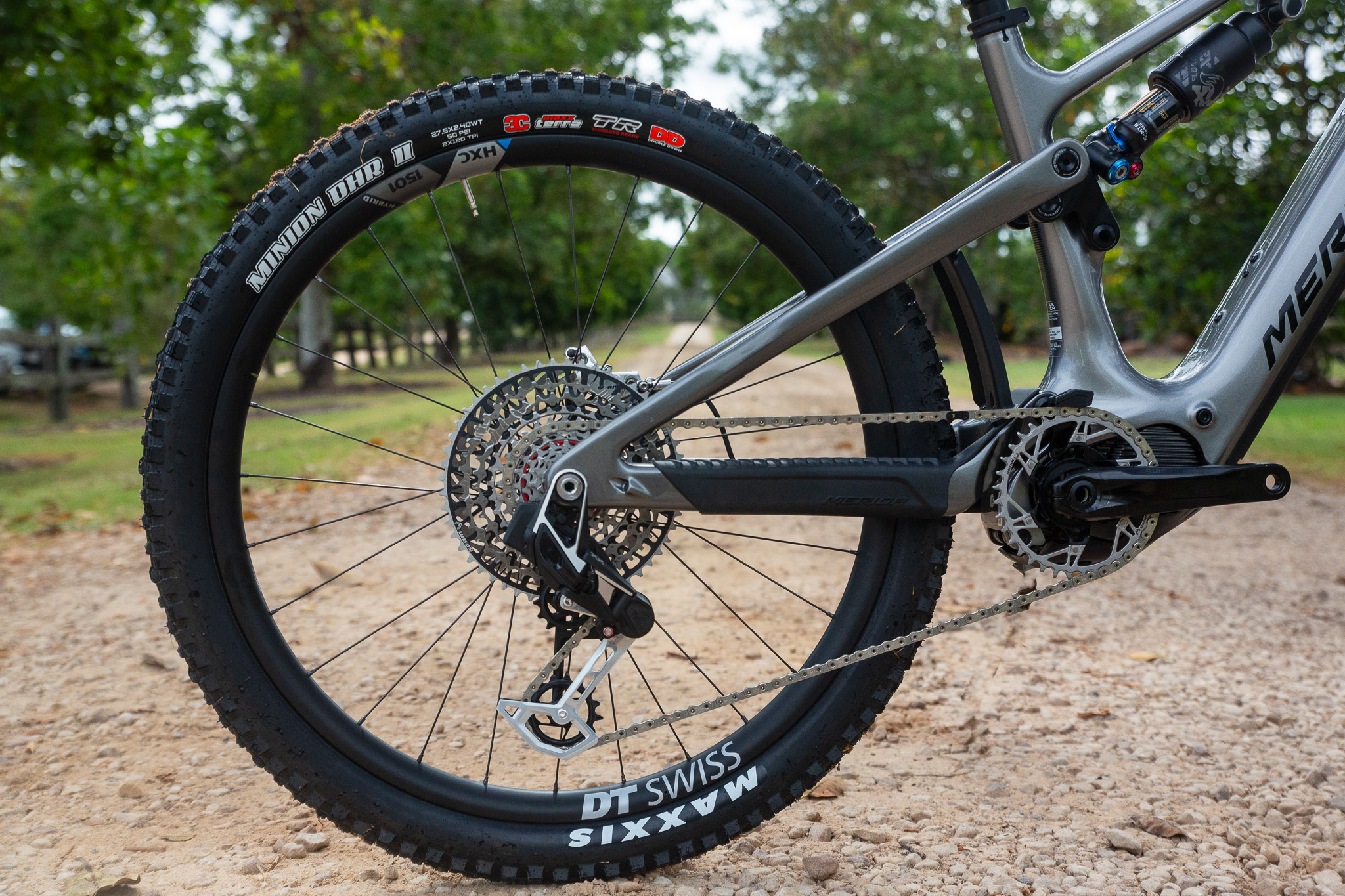
The CF models are based around very capable builds, with the 10k model ($15999) having a Fox 38 Factory fork, a SRAM XX Transmission group set, DT Swiss wheels, a Fox Float X2 shock and all in all – a build that is ready to ride – hard. And at a little over 21kg for a full-power eMTB with parts fit for purpose – that's impressive. Merida chopped 800g off the frame alone, which is very impressive.
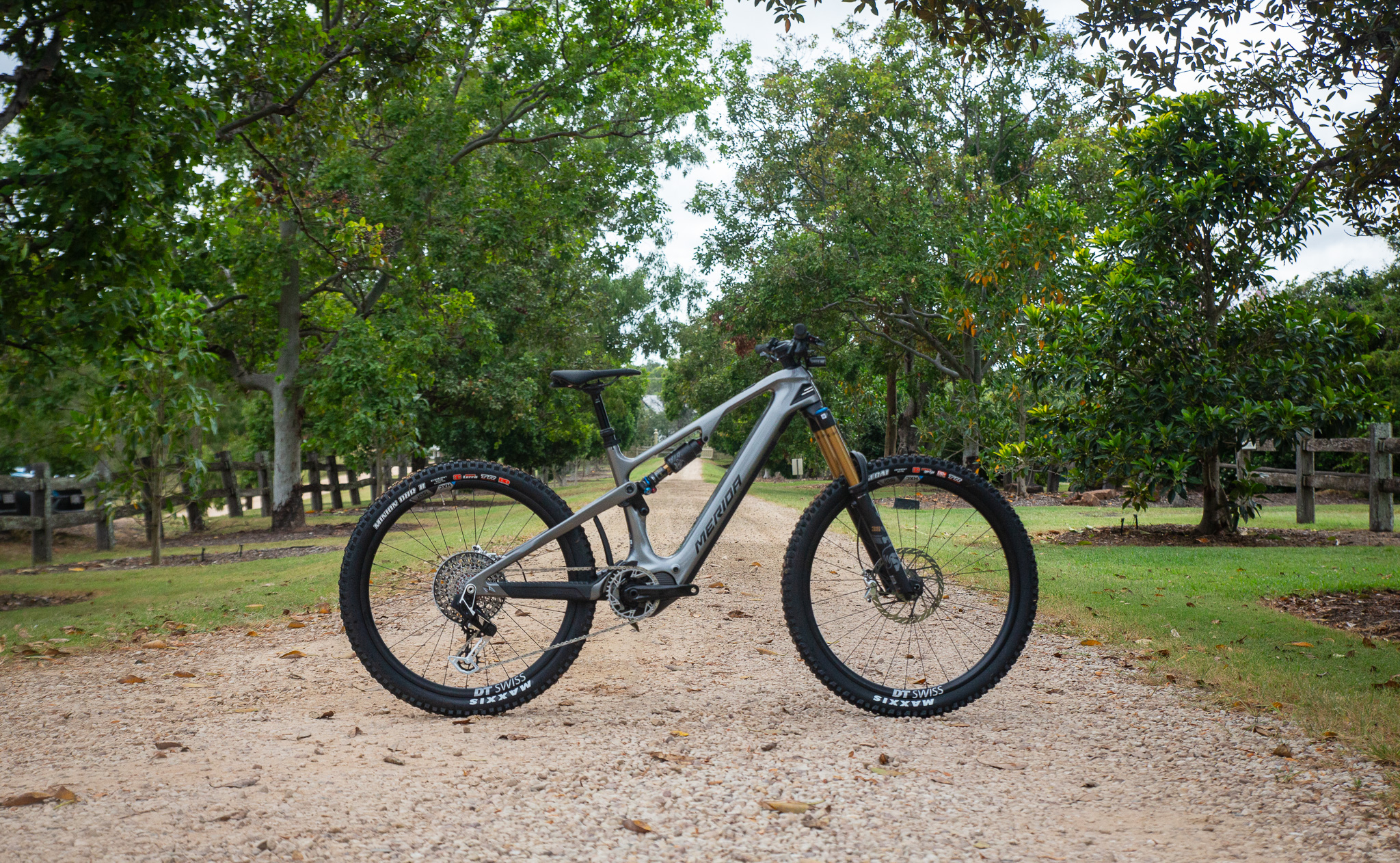
The alloy models share the same geometry as the CF models, but the 'Lite' models have larger batteries that are removable. They're ready for demanding trails with the same 170/174mm travel MX setup, but with larger battery sizes (750Wh) and the option for a 360Wh range extender, they really can be an all-day bike.
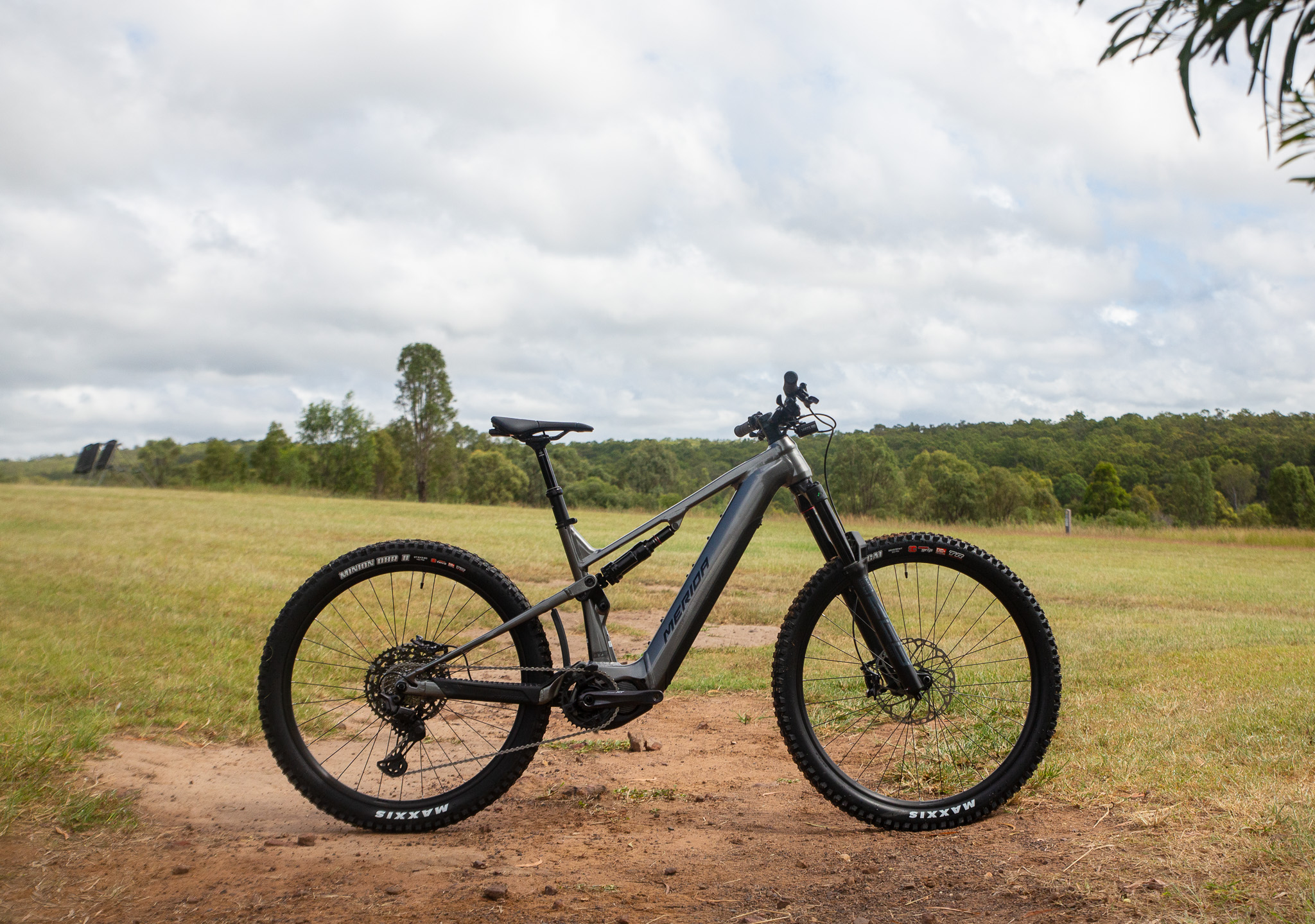
The downtube size has increased for easier maintenance in terms of fitting shift outer, brake hose or dropper outer – and the same holds true for the area around the Shimano EP8 unit. merida have adopted cable housing going through the headset. It is neater, and they are using the top-quality Acros head set units with double seals to reduce any maintenance changes. I think a healthy serving of high quality grease when your Merida dealer builds your bike will go a long way in the longevity around this routing which almost all of the industry has adopted.
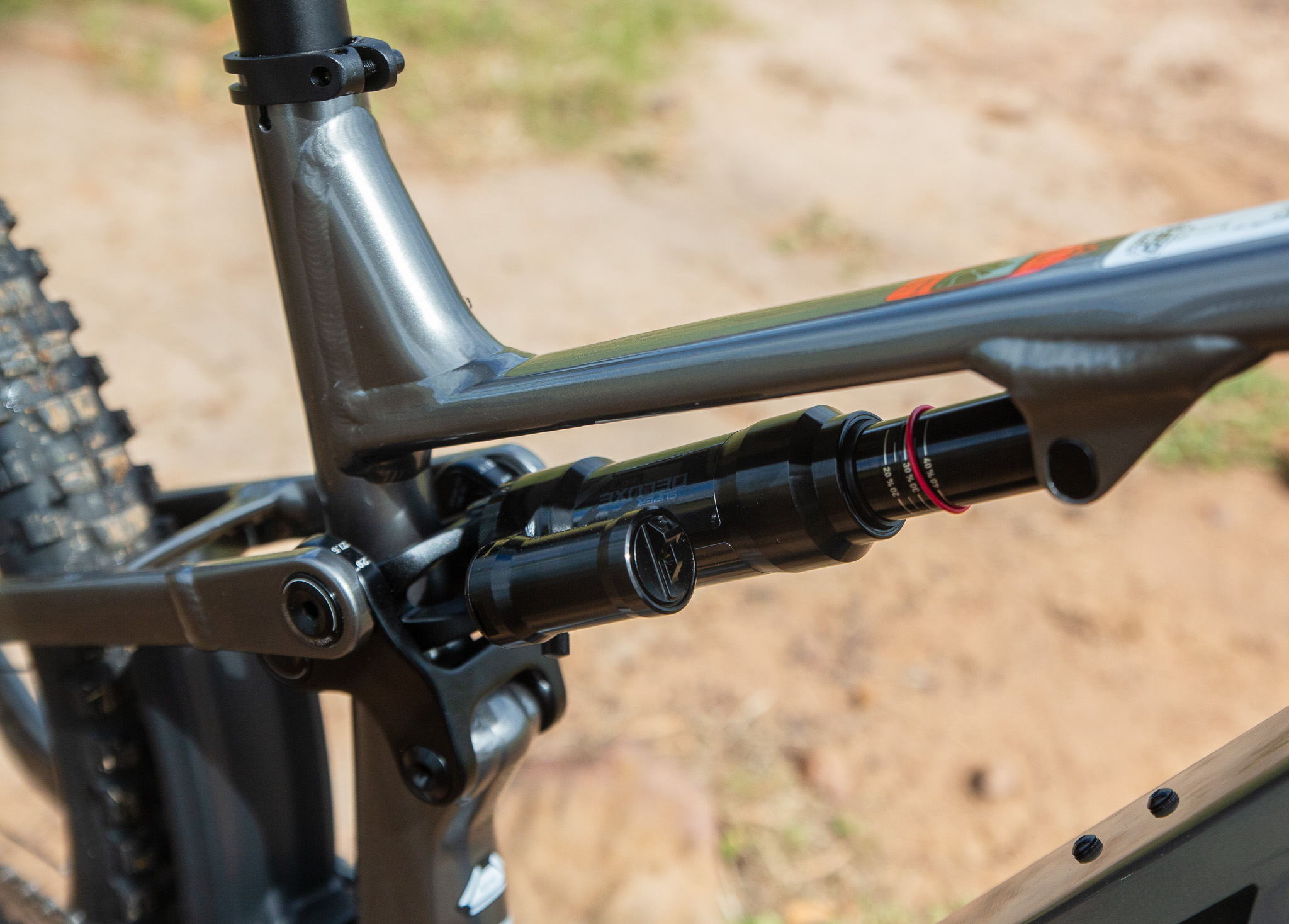
On the trail with the new Merida eOne-Sixty
I had the opportunity to ride the new Merida eOne-Sixty 675 ($8699) at Hidden Vale Adventure Park. I rode a Mid sized bike, which felt really centred with a reach just under 460mm. If I were about to buy my own I would likely try the Long for size, as I tend to prefer a reach around 470mm or just over. Regardless, I had plenty of room to move.
With the bikes being in a test fleet for the day I grabbed a bike that was already at 60% battery, so I kept the bike in Trail for the majority of the riding. As we pedalled off I was impressed at how well the EP801 system responds, no doubt with the recent boost in peak power that the system gained above EP8.
I don't ride 170mm travel bikes that often – I find I get a lot out of 120-150mm bikes but I just don't push bigger bikes hard enough to warrant the extra cush. So I was pleasantly surprised at how responsive the Merida eOne-Sixty felt on the trails as we pedalled away from the trail head.
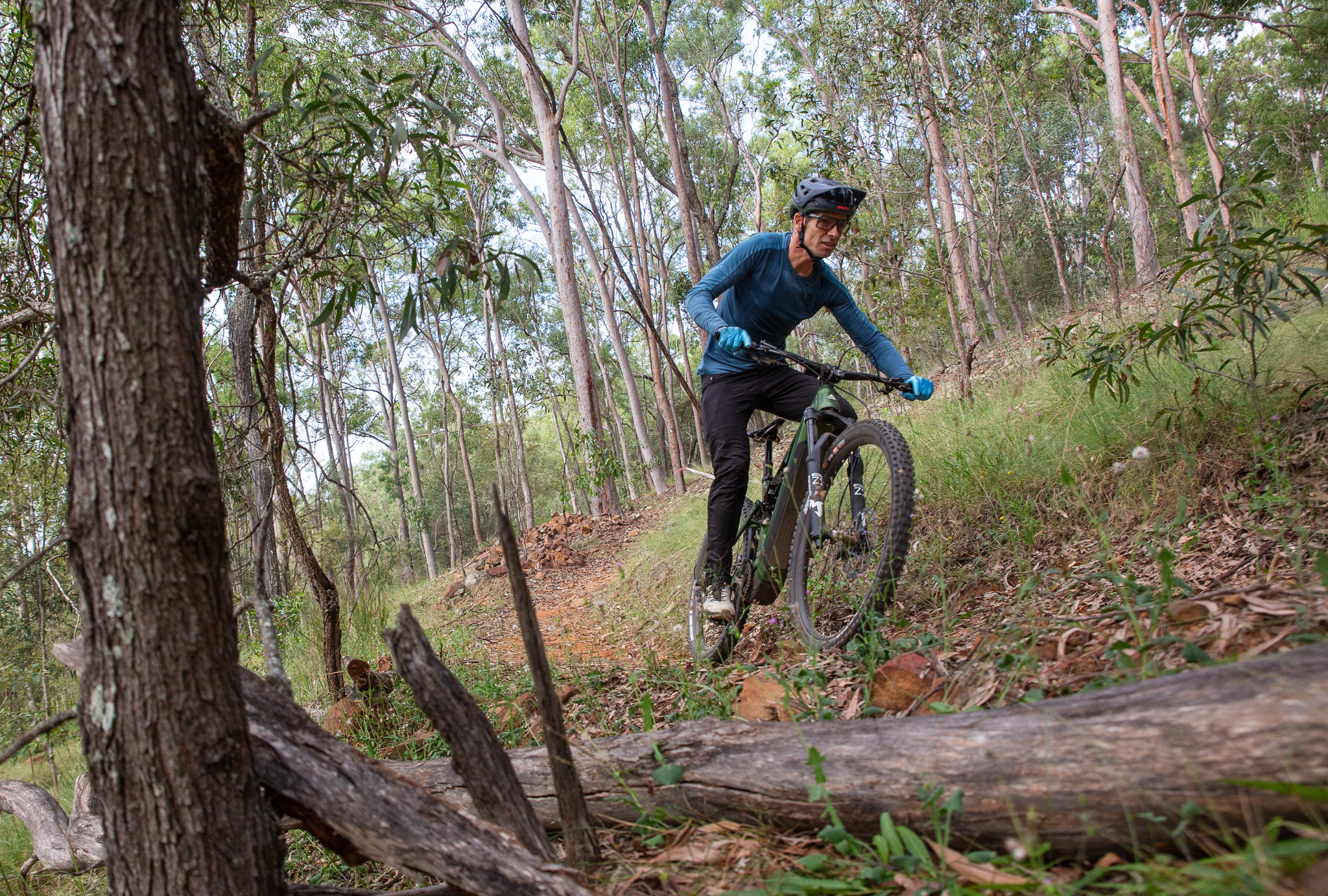
This is a factor of a couple of things. First – geometry. While longer, lower and slacker is a thing, more importantly it should be longer, steeper, slacker – especially when referring to reach, seat angle and head angle as a combination. Many brands have been optimising their geometry and I feel Merida have found a good balance point (if you can excuse the pun) for a bike that is great to cruise on, while still coming alive with input. Overly slack bikes can take more effort when not riding fall line trails – and the reality is we just don't have many of those in Australia. Regardless, Merida's geometry provides all the confidence and stability you'll need – agility just don't suffer for it.

The other aspect is what Merida call their FAST suspension kinematics. Merida employ a flex stay instead of a rear pivot. This reduces weight and maintenance, and allows them to tune the ride more than you might expect from an undamped part of the frame. I was amazed at how supple the frame managed to be even on an alloy frame using a flex stay.
Stephan Seitz, the MTB Product Manager, explained that how the flexstay is used changes across each bike model. As an example, for a bike like the new Merida One-Twenty, the flexstay allows a very supple and poppy initial stroke, while providing much more support into the midstroke.

And that is what I was also noticing on the eOne-Sixty. While I likely had the suspension a bit soft on this test ride, the bike really responded to pushing the bike of small features on the rocky trails at OHV, while still offering plenty of support on the bigger rock features and updated high speed berms and drops on some of the trails.

My take on the Merida eOne-Sixty
If you would believe it, this is the first time I have ridden a Merida eOne-Sixty. While I tested the Merida eOne-Forty in the past, I sense the 2024 Merida eOne-Sixty has taken a very popular model and responded to the indsutry changes, while adding Merida's expertise in the eMTB realm.
I like that Merida have made both CF and Lite models. The CF looks ready to do battle with the top tier eMTB models gracing shop floors and at the trail head. It really makes sense to me to build a bike around a good size battery with an option for a range extender. So many of my rides are 2 hours, and why would I want to lug more weight on every ride if I didn't need to? Range anxiety really is a thing of the past.
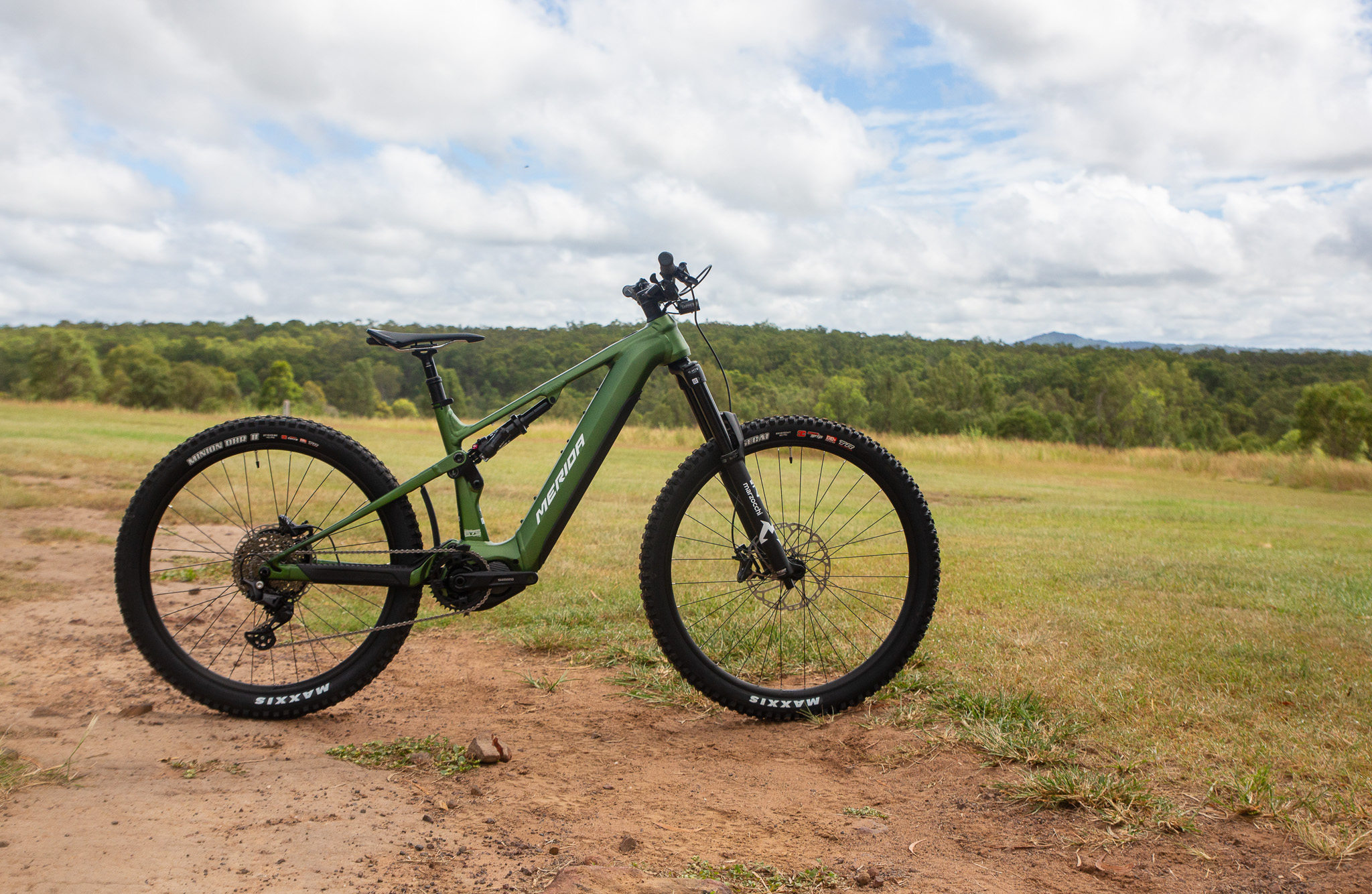
Of course, the Lite range delivers not just the larger 750Wh battery size, but also a lower price point for a bike with the same handling, and with a removable battery. This may be important for those who want to fly to some of Australia's great trail destinations, to look at battery hire on the ground.
And what about 'mid-power'? I did ask the Merida design team, and they pointed out that a CF model could be built to around 20kg, still using a Fox 36 and Float X, strong tyres and a 600Wh battery, while still getting 600W peak power and the 85Nm support from the Shimano EP801 – and it is a convincing argument. Project bike, anyone?
And range? Well we only rode a little over 20km but I only took one bar off the unit, using Trail and a bit of Boost on the way home. Still, range will be impacted by rider weight, bike weight and the amount of climbing you do. But with 600Wh and 750Wh options AND 360Wh range extenders – stress less.
Overall, I really liked how the new Merida eOne-Sixty let me ride trails with friends without feeling like I was rolling along on a 170mm marshmallow, but it still delivered the support I needed on the rocker terrain and bigger features at speed. This is a platform that deserves a long-term review in the future, but so far I'm very impressed.
Contact your local Merida dealer for more details on the range, and availability in their store.


